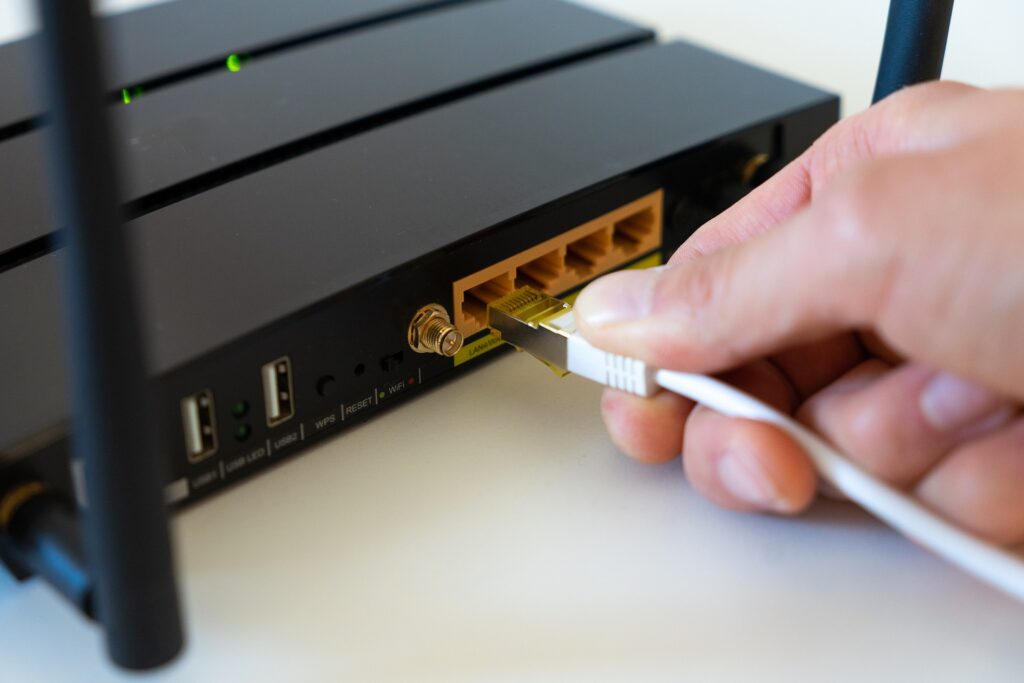
Solicited Node Multicast
Every time we configure an IPv6 unicast address on an interface, the interface also joins a solicited-node multicast group.
The IP of the group can vary, but it will always start with ff02::1:ff. It selects the last 24-bits of the address based on the unicast address on the interface.
The IPv6 device takes the last 24-bits of the unicast address and uses them as the last 24-bits of the solicited-node multicast address.
By doing this, any device that knows a router’s IP can send a multicast message to it. Why would we want to do that?
Think about learning a MAC to IPv6 binding. In this case, a device knows the IP, but not the MAC. It can easily take the last 24-bits of the IP address and use them to work out what the solicited-node multicast address is.
It can then multicast a Neighbour Solicitation message to this group. Remember, IPv6 does not use broadcast.